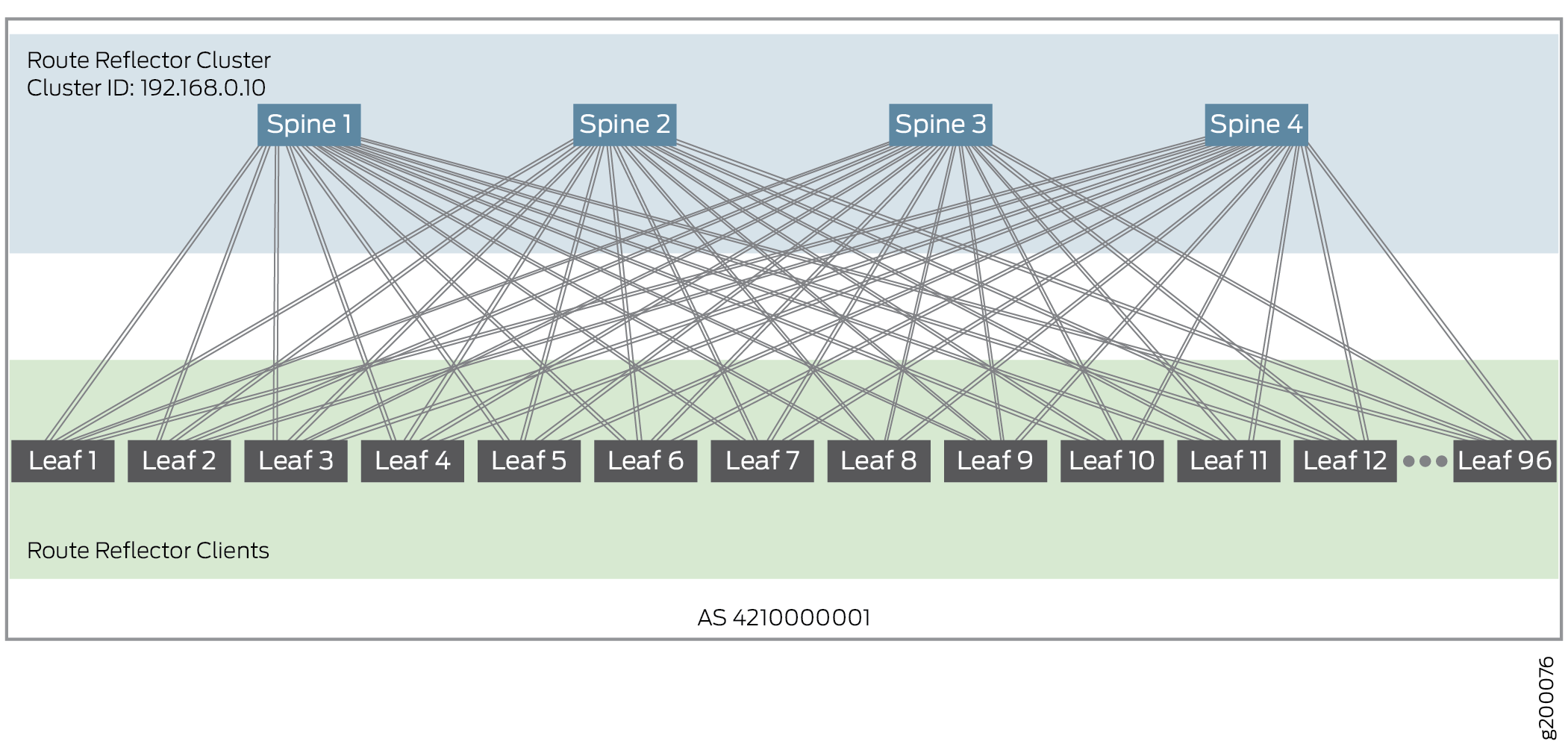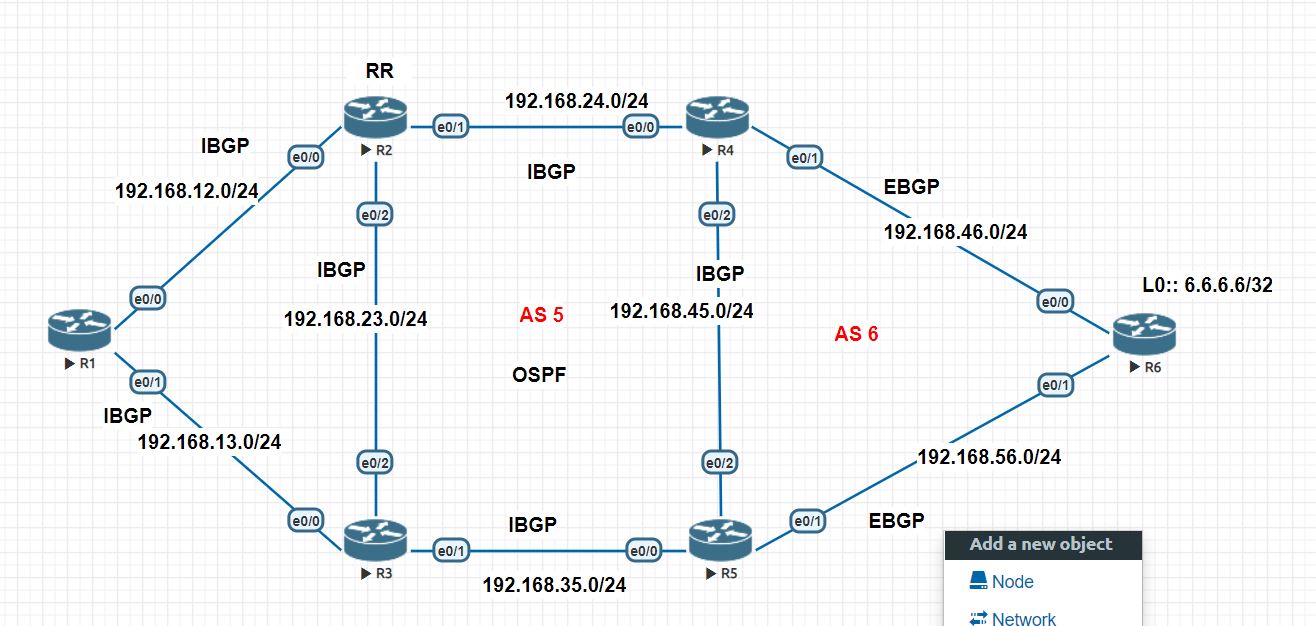

*Aug 11 08:59:34.425: %BGP_SESSION-5-ADJCHANGE: neighbor 12.1.1.2 IPv4 Unicast topology base removed from session RR client config change R1(config-router)#neigh 12.1.1.2 route-reflector-client Success rate is 100 percent (5/5), round-trip min/avg/max = 20/20/21 ms Sending 5, 100-byte ICMP Echos to 2.2.2.2, timeout is 2 seconds: Let’s run Open Shortest Path First (OSPF) on the links that interconnect the routers: This IGP should provide reachability to the links within the AS. This is one reason why an IGP should be configured within an AS. We cannot see 13.1.1.3 in the routing table. Sending 5, 100-byte ICMP Echos to 13.1.1.3, timeout is 2 seconds: Neighbor V AS MsgRcvd MsgSent TblVer InQ OutQ Up/Down State/PfxRcd R2(config-router)#do sh ip bgp summ | b Neigh Network Next Hop Metric LocPrf Weight Path R1(config-router)#do sh ip int brie | i up

In order to minimize the number of peer sessions within this AS, you decide to implement route reflectors.Ĭonfigure R1 as a route reflector for this AS: You receive an email from management stating that within the next 12 months, 20 additional routers will be added to this AS. These routers should only advertise their loopback0 interface in BGP. If a route reflector receives a route with a Cluster-list attribute containing its Cluster-ID, the route is discarded.Ĭonfigure BGP AS 100 on all routers and ensure that the routers can successfully establish an iBGP peer session with each other. If a router receives an iBGP route with the Originator-ID attribute set to its own Router-ID, the route is discarded.

Route reflector update#
If more than one update is received for the same destination, only the BGP best route will be reflected.Ī route reflector is not allowed to change any of the following attributes of the reflected routes: NEXT_HOP, AS_PATH, LOCAL_PREF, and MED. By default, the Cluster-ID is set to the BGP Router-ID.Ī route reflector will only reflect BGP best routes. The Originator-ID is set to the peer Router-ID that advertised the prefix to the router reflector.īy adding the Cluster-ID to the nontransitive Cluster-list attribute in the reflected update. Routes received from a non-client neighbor are reflected to route reflector clients only.īy setting the nontransitive Originator-ID attribute in the reflected update if it is not already set.

Routes received from a route reflector client are reflected to both client and non-client neighbors. Route reflectors make all this possible, as follows:īy dividing iBGP routers into route reflectors, route reflector clients, and non-client peers. Plus, it makes them more readily scalable. Just this one simple change in behavior allows us to simplify the building of our iBGP networks. This means that the deployment of route reflectors can eliminate the BGP full-mesh requirement. A route reflector is a BGP router that is allowed to ignore the iBGP loop avoidance rule and, as such, is allowed to advertise updates received from an iBGP peer to another iBGP peer under specific conditions.


 0 kommentar(er)
0 kommentar(er)
